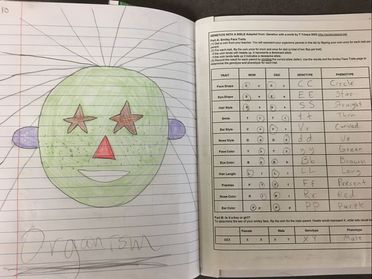 Today Mr. Houde took the reins and helped students with lots of new genetics terms. We learned about dominant and recessive alleles, the difference between genotypes and phenotypes, as well as homozygous and heterozygous allele combinations. Students used their new knowledge to do an activity called "Genetics with a smile." In this activity students flip a coin to determine which allele their "kid" inherits from the given heterozygous parents. After students determined the kid's genotype they described the kid's phenotype, and then drew a picture of their kid, including all of the traits determined by coin flipping. A downloadable worksheet version of this activity is listed at the bottom of this post. Gold Tape Question: In class Mr. Houde explained that identical twins are also known as monozygotic twins, which means they come from a single egg that splits into two separate cells that begin to divide into two separate people. The word monozygotic comes from two Greek Words, mono meaning one, and zygote. What is a zygote and how does it relate to identical twins?
0 Comments
Today students continued to build their genetics notes as well as watched a short video about what genes are and how they work. Tomorrow the will use their understanding of genetics to predict the appearance of an organism based on its genes. Our exploration of Genetics is in full swing and today students used PTC paper to test whether they are a supertaster or not. PTC (Phenylthiocarbamide) is a chemical that tastes really bitter to some people (supertasters) kind of bitter to others (medium-tasters) and has no taste to some (non-tasters). Your ability to taste PTC is reliant on a single gene. If you have two copies of that gene you are a super taster, only one copy means you are a medium-taster, and no copies means you are a non-taster.
After a great week of flying and testing paper airplanes to explore the scientific method, we finally hit the ground running and started our first unit, Genetics. Students brainstormed what they think they know about genetics already and we will soon begin comparing that with what we learn. We will do our first genetics lab on Monday. The video below a "Trailer" for genetics that we watched in class, sure to get you excited about Genetics!  Today students analyzed and interpreted all the graphs from this week's experiment (which were generated with 1,056 data points!). Students also wrote conclusions to their lab reports and shared them with the class. We discussed how graphs tell us a story but we are the storytellers and it is up to us to interpret the graph and explain the information it tells us. Our scientific question for this experiment was "Does the mass of a paper airplane affect how far it can fly?" Using the Entire Grade Plane Data, we concluded that yes, mass does have an effect and that in our experiment with notebook, printer, and construction paper, as the mass of the plane increased so did the distance flown. However, there was not a direct relationship between mass and flight time. Although the printer paper flew the second farthest average distance, it had the longest flight time. Possible explanations for this is the printer paper planes flying higher and floating down more slowly. Another explanation students offered was that the printer paper planes rarely flew straight and their curved path kept them in the air a long time. Sometimes those planes landed near the start line after almost completing a circular flight path. The focus for today's class was to take student's raw data from yesterday's lab and start to analyze it. Students found average distances and times for each of the three types of paper airplanes. Then students began graphing the results of their data. Mr. Powell and Mr. Houde collected class data and using Google Sheets created graphs for each class and the entire grade's aggregate plane data. Tomorrow we will analyze all of our different graphs and try to interpret the story our graphs tell us.
We finally started our first lab of the year. Students made paper airplanes out of three different types of paper, notebook, printer, and construction, then tested to see which one flies the farthest. There were planes flying everywhere, tomorrow we will analyze our data. If you missed class you can download the lab hand-out below and do this activity at home.
Bookcliff students got to experience the Great American Solar Eclipse today. In Grand Junction we experienced approximately 87% coverage of the sun. Students viewed the eclipse through eclipse glasses donated by Colorado Parks and Wildlife as well as with pinhole camera eclipse viewers they made in class. Also, the district recorded data from their solar panels at five schools which is shown in the graph below. Today we discussed what science is and is not, why it is important, and the scientific process we use to make discoveries about the nature of our world. This year we will use the scientific process often. We will ask questions, hypothesize (a prediction with explanation), experiment (science is testable), observe and record data, and make conclusions about what we found. The scientific process will guide our learning often this year and is responsible for nearly all the technology we use everyday. Remember, scientific knowledge gives you POWER! We watched these two videos in class to hear about what science is and why it is important from two of the world's most famous scientists, Dr. Richard Feynman and Neil deGrasse Tyson. The next Gold-Tape question is: In 1986 Space Shuttle Challenger exploded after take-off over Cape Canaveral Florida. Richard Feynman helped investigate the accident. What did Feynman determine was the reason for the explosion?
|
AuthorMr. Powell is a High School Science Teacher in Western Colorado. Archives
May 2024
Categories
All
|
||||||||||||||||||||||




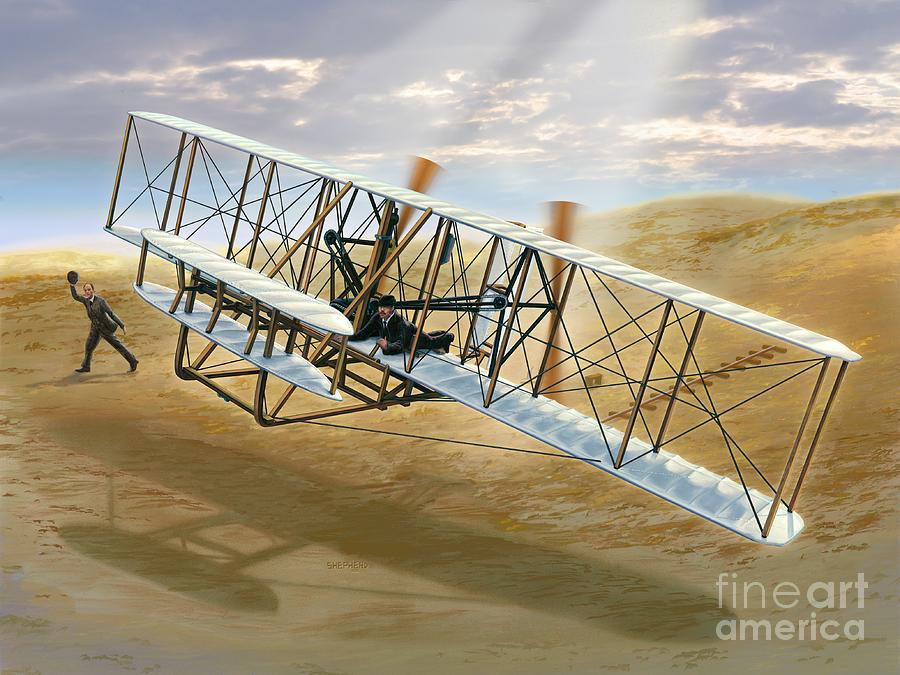



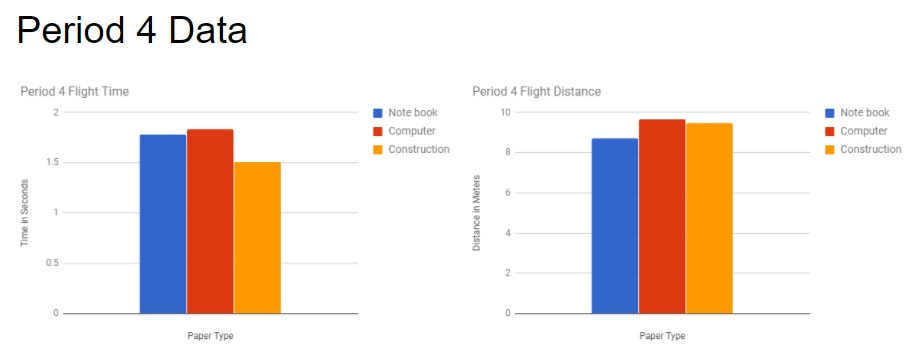
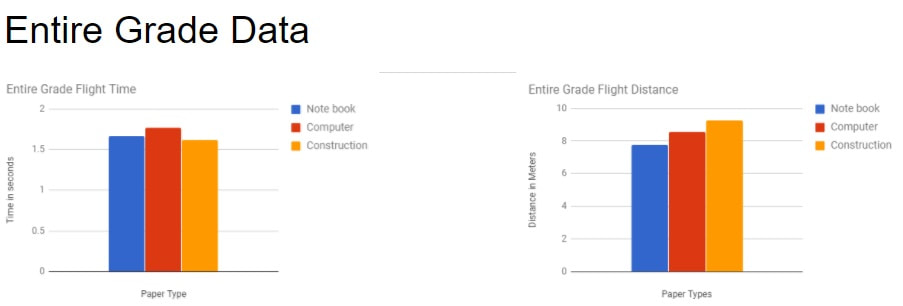






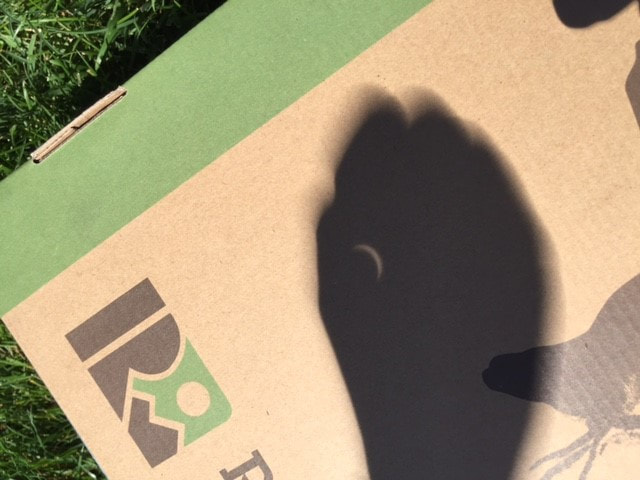


 RSS Feed
RSS Feed